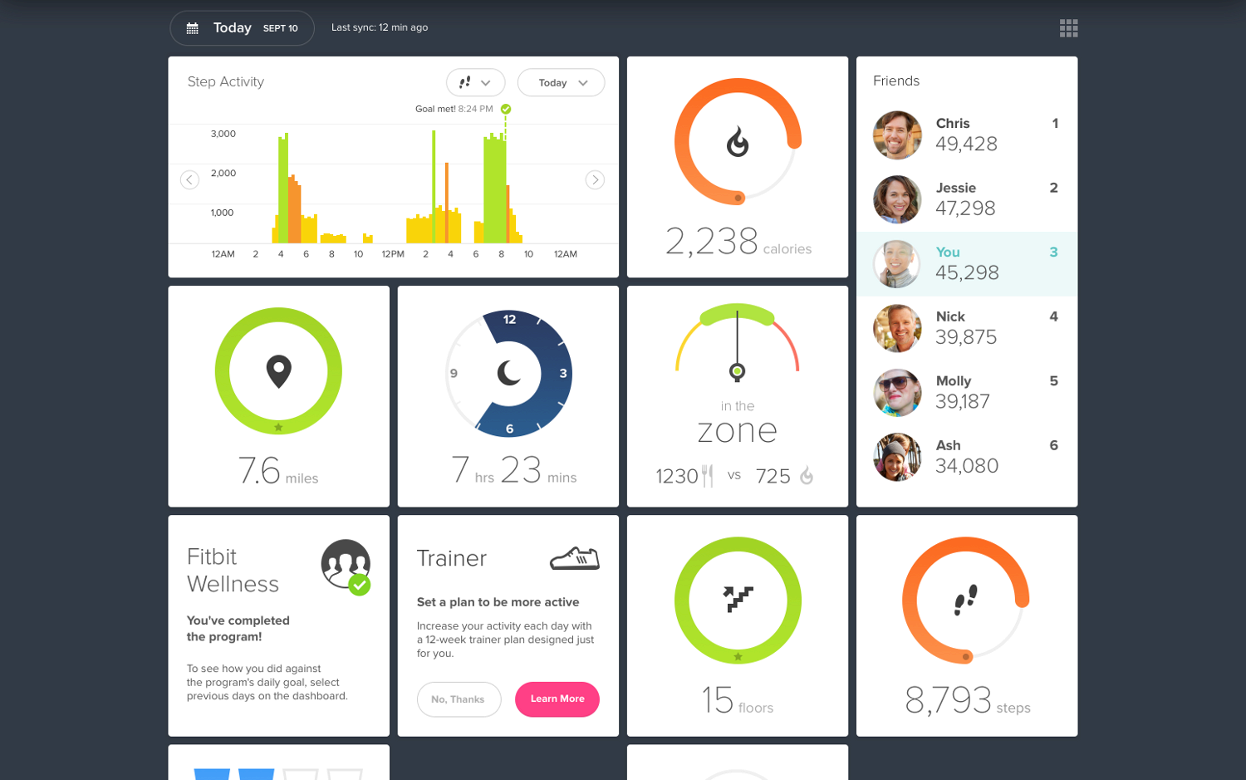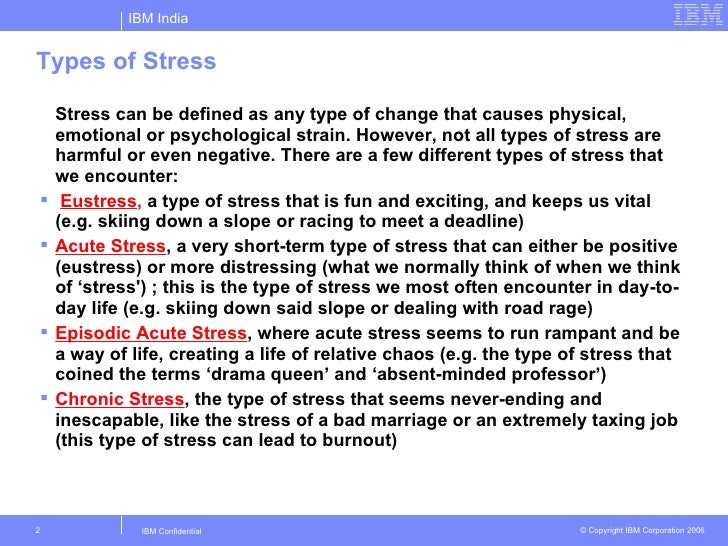As part of a follow up on my last post I am looking into intensity and what it means to increase intensity of my workouts.
Intensity is the single most important variable in maximising the health benefits of exercise.
Take note, intensity NOT duration is the most important variable. We live in a volume obsessed physical culture. We value quantity of exercise over quality of exercise. This is a result of both a desperate clinging to outdated research of a bygone era and an aversion to departing from the comfort zone.
So what is intensity? The definitions are numerous. Laboratory bound Exercise Physiologists would use METS (metabolic equivalents), percentages of maximum heart rate, heart rate reserve, or VO2 max. All great lab based measures – but with real world limitations.
Intensity is the amount of work you do in a certain amount of time. How much load you move (whether it be your body weight or an external object), how far you move it, and how quickly you move it. Moving large loads, long distances, quickly.
Intensity is a relative term. If you move a larger load and longer distance, more quickly, you do more work. Your intensity is higher. For you… move the largest load YOU can, the longest distance YOU can, as quickly as YOU can.
Remember of course than intensity is inversely related to duration. The longer the duration, the less the intensity. Australians indicate that time is the biggest factor standing in the way of exercise. Intensity can simultaneously remove our biggest barrier to exercise, while increasing the health benefits of this exercise.
I also found this information:
Interval Training – This is quickly becoming the most popular “get fit quick, burn fat, and blast calories” form of training, and for good reason. Interval training will not only challenge your body to work at a higher heart rate for short periods and boost cardiovascular fitness most quickly, but also have a lingering effect on calorie burn – upwards of 30%! That means that after an interval training workout, you can burn 30% more calories than you would normally burn throughout the day.
The downside of interval training (and doing ONLY Interval training), is that you also burn more sugars (stored muscle glycogen) rather than fat during your workout. Do too much interval training and you run the risk of burning that hard earned muscle. Interval training consists of working at or above 85% of max heart rate for a period of time, followed by a recovery period at 60-70% of max heart rate. You’ll know when you are at or above 85% max heart rate when you can longer breathe through your nose, and you actually have to breathe through your mouth. For Interval Training, stick to 1-3x/week or 50% of your overall cardio training.
Steady State Training: - Here, you challenge your body to work just at or slightly below anaerobic threshold (roughly 75-85% of max heart rate). Studies show that working here has a maximum effect on improving cardiovascular health and fitness. The challenge in working at a steady state as compared to LSD or Intervals is this: LSD is easier to maintain and generally feels good, where intervals are far tougher but only last a short while. Steady state on the other hand is tough and the goal is to stretch the intensity out to 5-20 min bouts at a higher heart rate. Challenge yourself to work Steady State Training 1-3x/week or 25% of your overall cardio training.
Most cardiovascular equipment pieces do a great job of providing examples of these three types of training. So try a program and challenge yourself to vary your heart rate based on the parameters above. Your cardiovascular fitness, fat-burning potential and overall health will thank you.
Obviously not everyone's needs and requirements are the same so we are all self responsible to find what works for ourselves. This is a learning process for me as i try to find the results I am wanting on this journey to finding me. I hope you take the time to figure out what works for you as well.






